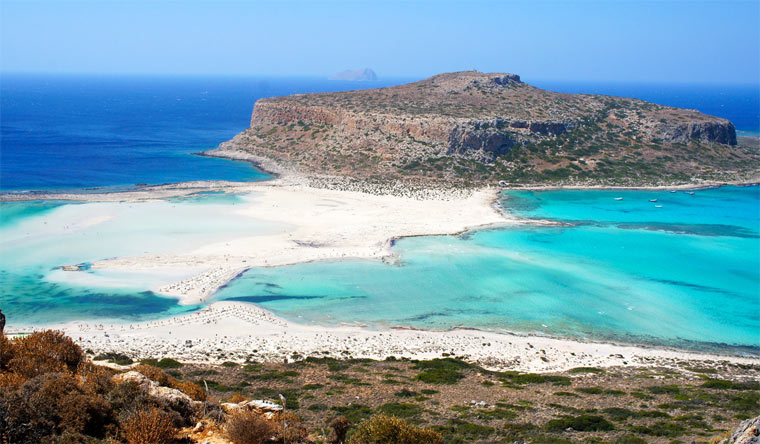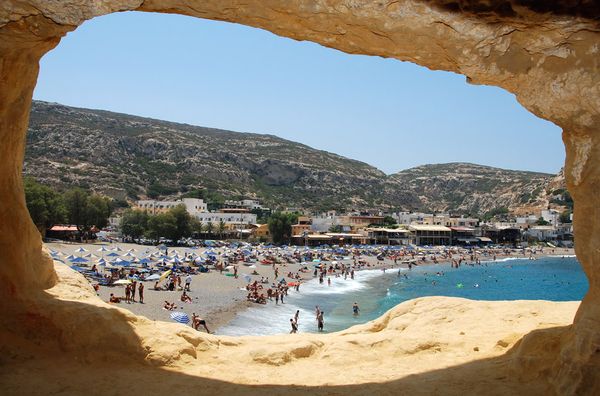Crete – mythos and reality…


Crete is almost a particular country, everything is here a little different than in other Greek islands…
The history of Crete goes back to the beginning of the 3rd millennium BC when a highly developed Minoan civilization, centered in the city of Knossos, existed on the island. However, in the XV century BC the kingdom was conquered by the Greeks, the Achaeans, who brought their customs, language and culture. And anyone who has ever read the «Myth and Legends of Ancient Greece», just remembers the Minotaur who lived in the palace of Knossos with hundreds of rooms, corridors and passageways in, for which he was called the «Labyrinth of the Minotaur». The palace was partially restored in the XX century and gives excellent representation of the life and culture of Minoan kingdom.

With begin of the Current Era, on the island is rapidly spreading Christianity and Byzantine influence is reflected, as in a mirror, in the monuments of Cretan art such as basilicas and temple mosaics.
Because the island was at the crossroads of trade routes, the conquerors came here literally one after other, however, they were not destroyers and on the contrary were building new towns and fortifications. So after the seizure of the island in 824, the Arabs built a castle on the site of Heraklion, the present capital. Later the Venetians conquered the island and erected city-fortresses of Chania and Rethymon with streets, fountains, churches and palaces, rebuilt the Arab castle on the site of Heraklion. In the XVII century Crete fell under the rule of the Ottoman Empire. Only in 1898 the island became independent and in 1913 became part of Greece.


Crete beaches
Without exaggeration many beaches of Crete can be called sights and not only of this island, but also of the whole Mediterranean. The beauty of some of them is known all over the world. In the popular resort areas such beaches are rare. But if you drive a bit to the side, you can see beaches with pink and red sand, with snow-white dunes and stone sculptures.
Their beauty is difficult to describe by words, it is better to see once…
Elafonissi, Balos, Vai, Falasarna, Triopetra, Xerocambos, Georgioupoli, Agiofarago, Skinaria, Agios Pavlos, Seitan Limania, Matala, Kalamaki, Stavros, Glyka Nera, Traphoulas, Itanos, Hiona, Agia Fotia, Kokkini Hani, Frangokastello, Voulisma, Plakias, Kedrodasos…
Mediterranean colors sparkle and shine in blue, sky-blue and turquoise, breaking distance and playing with our senses and memories.


May, 2016